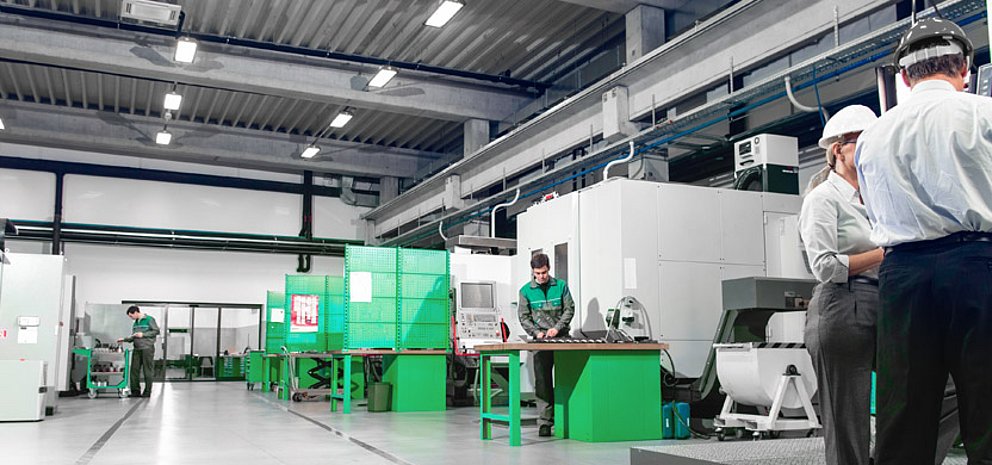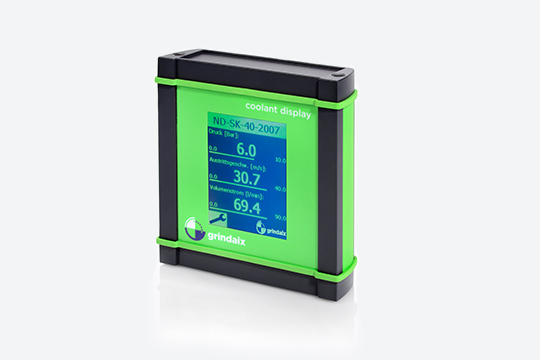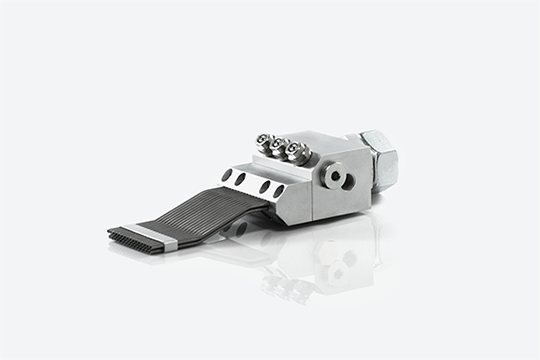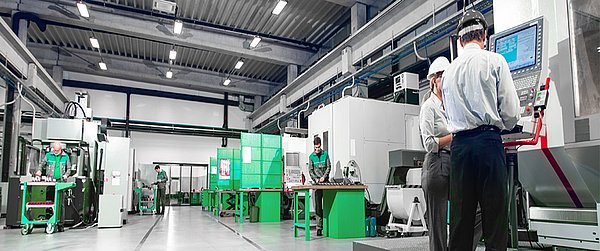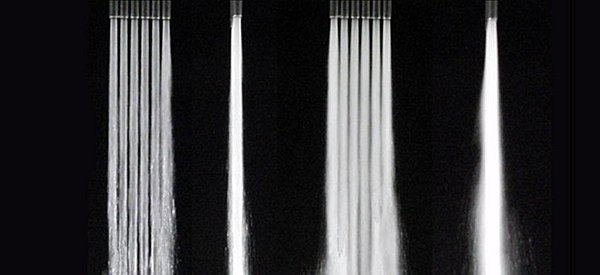How the Euro 7 standard is changing the automotive industry
Protecting the health of citizens and reducing environmental pollution are important political goals. One of the goals is to reduce the emissions produced by motor vehicles. Environmental pollution is very high, mainly due to exhaust gases and the formation of particulate matter, e.g. from abrasion during braking. The EU Commission is working on possible laws and regulations to achieve this goal. In the fall of 2022, the EU Commission presented a proposal that will force the automotive industry to act quickly. What are the challenges and how are car manufacturers dealing with them? Are there any solutions that will help manufacturers comply with the new requirements?
The Euro 7 standard: an overview
The EU Commission approved the new Euro 7 standard in fall 2022, which is due to come into force in summer 2025. One of the goals of this new standard is to minimize the environmental impact of excessive particulate matter and thus benefit both the environment and people's health. The consequences of too much particulate matter pollution can be significant. For example, high blood pressure is the result of short-term exposure of just a few days. Long-term exposure over months or years can lead to serious consequences, such as respiratory, cardiovascular and nervous system diseases. The main reason for this is that the fine particles (smaller than 100 nanometers) can easily reach the deepest parts of the lungs. From there, they can easily enter both the blood and the lymphatic system (source: federal environmental agency). The reason for the high level of particulate matter pollution is, for example, the abrasion of tires and brakes or brake discs on vehicles. The abrasion causes microplastic particles in the form of fine dust to enter the environment and endanger the health of individuals. Especially places with a high volume of braking, such as high-traffic roads and intersections or subway stations, cause increased levels of particulate matter in the environment. The new emissions standard is intended to reduce pollution, as emission limits have been set for all motor vehicles for the first time.
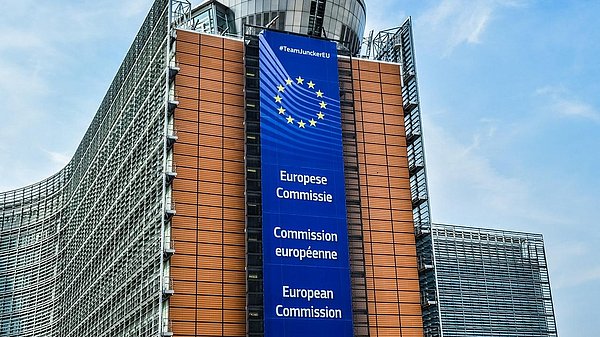
While the focus in previous emissions standards was more on small vehicles, trucks and larger vehicles are now also being considered in more detail. These new regulations are fuel and technology neutral and set the same limits for all vehicles, regardless of the fuel used in the vehicle or the size of the vehicle. According to Der Spiegel, the planned regulations are now to be watered down, as the planned launch in July 2025 is too "unrealistic". The new regulations will not apply to the type approval of new car models for another two and a half years and to new cars for another three and a half years. This takes some of the pressure off car manufacturers (source: Spiegel: 25.09.2023, link to article here). For example, the list of limited pollutants for cars, light commercial vehicles and trucks has been adjusted. The limit values for pollutants from the exhaust have not been lowered in principle, but have been adjusted in the new emissions standard to the lowest value for the drive type from the previous Euro emissions standard (Euro 6). For the first time, an additional limit value for particulate emissions from brakes and rules for microplastic emissions from tires have been defined. These specified limit values are to apply to all vehicles, including electric vehicles.
The aim of all this is to reduce overall emissions from cars and vans. Compared to the Euro 6 standard, the new Euro 7 standard is planned to reduce overall emissions by 35% in 2035 for cars and by 56% compared to the Euro 6 emissions standard for buses and trucks. Particulate matter emitted during braking is to be reduced by 27%.
Challenges of the automotive industry
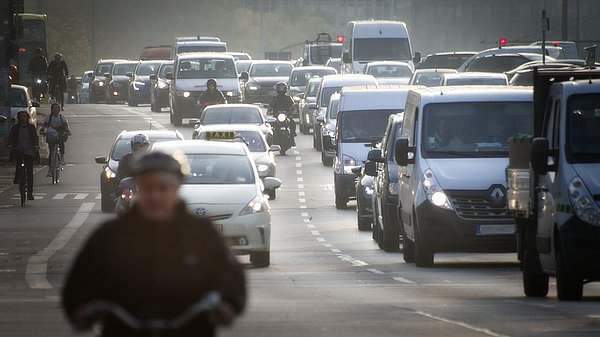
The new emissions standard is due to come out in July 2025 and therefore requires car manufacturers to make drastic changes. They need to implement the new requirements now, as otherwise there could be problems with the registration of vehicles if they do not meet the regulations by the deadline. Hildegard Müller, President of the German Association of the Automotive Industry, sums up this problem with the following quote: "If the current version of the Euro 7 emissions standard comes into force, this could result in production stoppages and supply bottlenecks, as it will not be possible to develop and approve enough vehicles that meet the requirements in the short time available." Manufacturers must react, and quickly, but this is difficult to implement in reality. In theory, the limit value reductions for cars and light commercial vehicles are nominally low. The problem, however, is that the change has to be made within a very short space of time. The development and approval of a corresponding drive with a lead time of only one year after the expected conclusion of the delegated acts is not enough. Manufacturers must work on solutions NOW so that the vehicles are on the market by the deadline and thus meet the prescribed requirements. One of the solutions for reducing particulate pollution is specially coated brake discs.
Adaptation of the grinding process for double-sided surface grinding
The idea behind the use of hard-coated brake discs is that the hard surface greatly reduces wear on the brake discs. If the wear is reduced, the fine dust pollution from the downforce is also minimized. This is a promising approach to meeting some of the requirements of the new Euro 7 standard.
In theory, this proposed solution sounds plausible. However, the existing grinding processes for grinding brake discs are not designed for machining the hard material layer.
Most brake disc manufacturers use the double-sided face grinding process to produce a brake disc. In this grinding process, the component is guided between two parallel grinding wheels. The opposite surfaces of the workpiece are ground simultaneously. The challenge with hard-coated brake discs lies on the surface. The material with which the brake discs are coated now ensures a significantly higher load on the grinding wheel. This increases the wear on the grinding wheel dramatically and the temperature in the contact zone rises enormously.
In order to reduce wear on the grinding wheel, a process-adapted cooling lubricant supply is necessary. With the right quantity and the right outlet speed at the right point, the cooling lubricant can reduce the heat generated in the contact zone by the increased friction and minimize the risk of grinding burn.
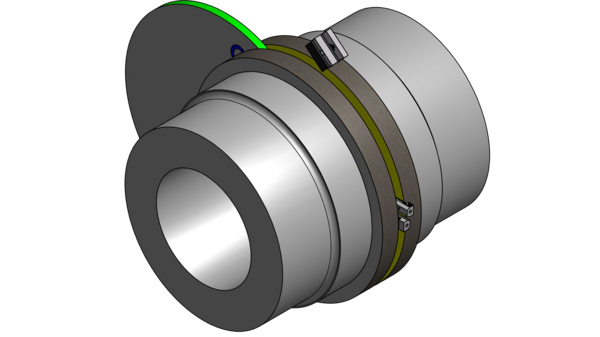
With Grindaix nozzles for process-adapted lubricoolant supply
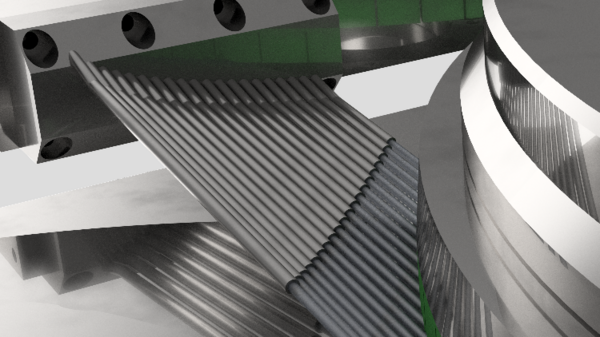
The correct supply of cooling lubricant is important in order to achieve a high-quality result and at the same time a productive and resource-saving grinding process. Both the quantity of cooling lubricant and the place where the cooling lubricant meets the grinding wheel play a role here. With Grindaix nozzles, you can combine both. Our individually adapted nozzles are always designed and optimized precisely for a grinding process. This means you get the right amount of cooling lubricant in the right place during the grinding process. With double-sided face grinding, you can increase efficiency with an optimum cooling lubricant supply, i.e. low wear, high component quality and short cycle times. A side effect of the optimized cooling lubricant supply is usually also an improved CO2 balance because, for example, the pumps for the cooling lubricant run in the optimum range, the cooling lubricant filtration is relieved and unnecessary waste is reduced.
Do you have questions or problems with the cooling lubricant supply during double-sided face grinding? Do not hesitate to contact us. You can reach us via the telephone number 02273 -953730 and via the e-mail address info@grindaix.de.
Are you curious and would like to talk to us? Simply contact us on +49 (0)2273-95373 0 or write an e-mail to info@grindaix.de or send us a message using the contact form. We will be happy to advise you.
Products relevant to this article:
You may also be interested in these articles from our magazine:
Energy savings during grinding
In times of energy crisis, companies must act. Are there ways to save energy when grinding? We present a few possibilities.
Zero Emission Production
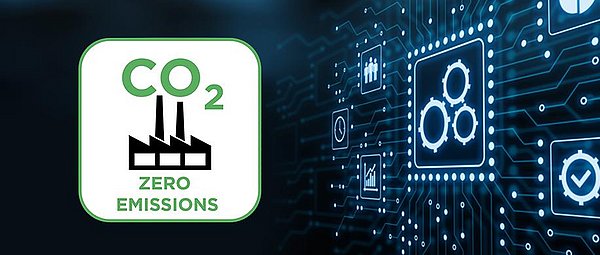
Zero Emission Production helps to sustainably reduce carbon dioxide emissions while increasing the availability of production equipment and avoiding the waste of operating materials.
Resource-saving cooling lubricant supply
Government regulations mean that companies are placing more emphasis on their ecological footprint. So is it possible to save resources and optimize production at the same time? Find out more about how this is possible here.
